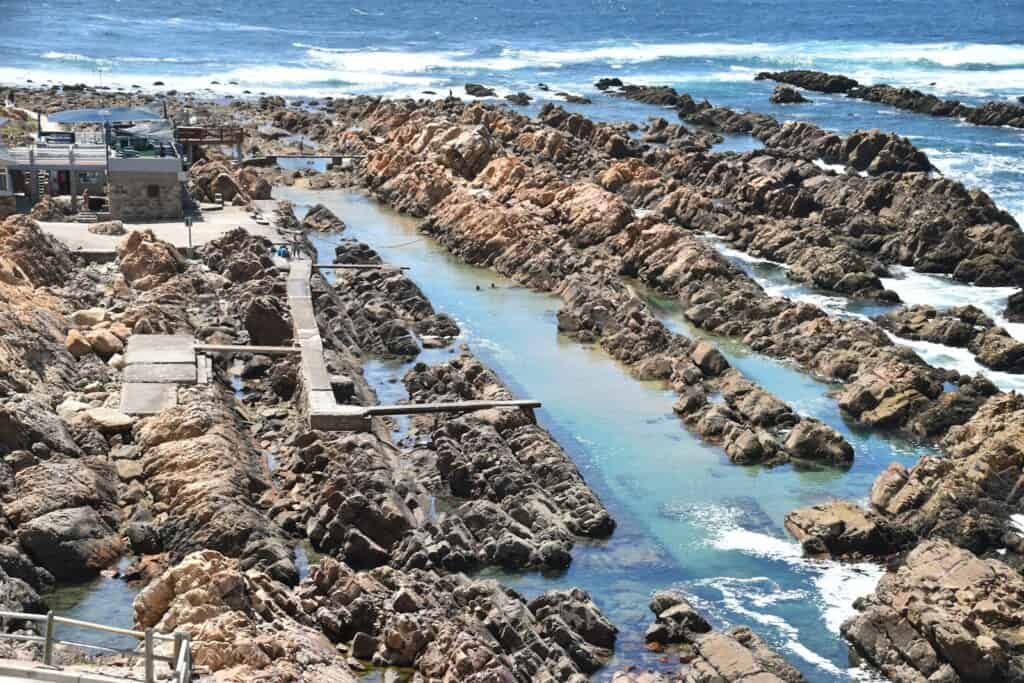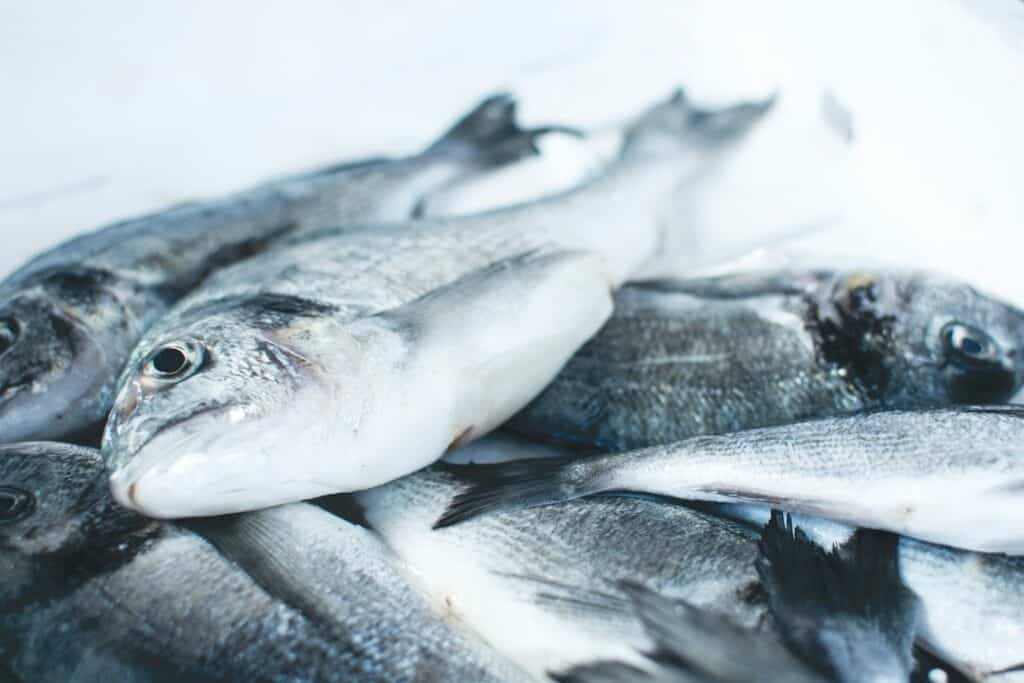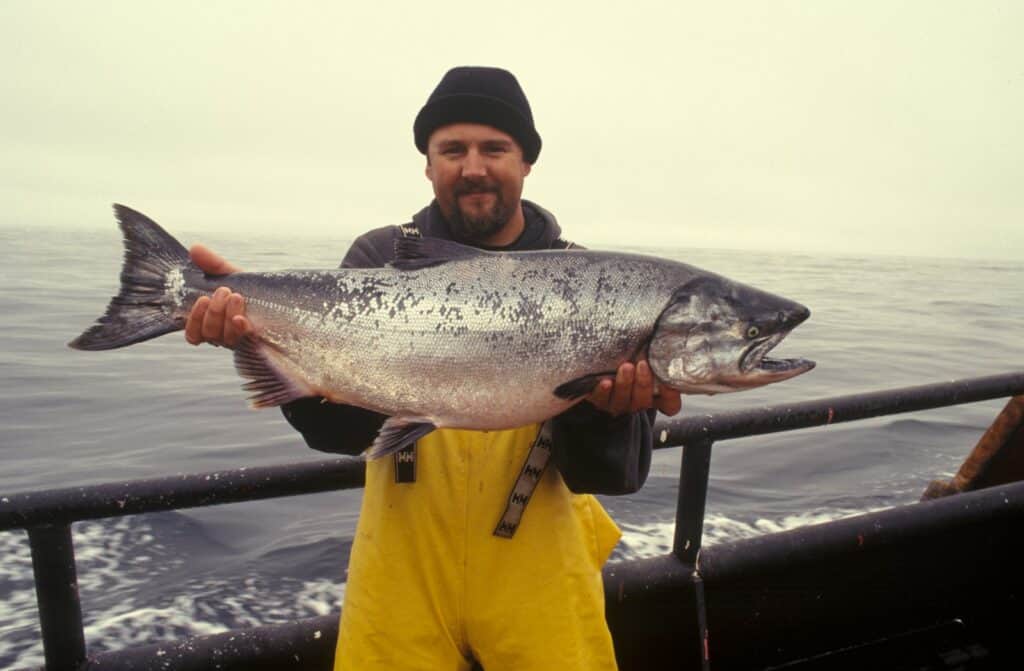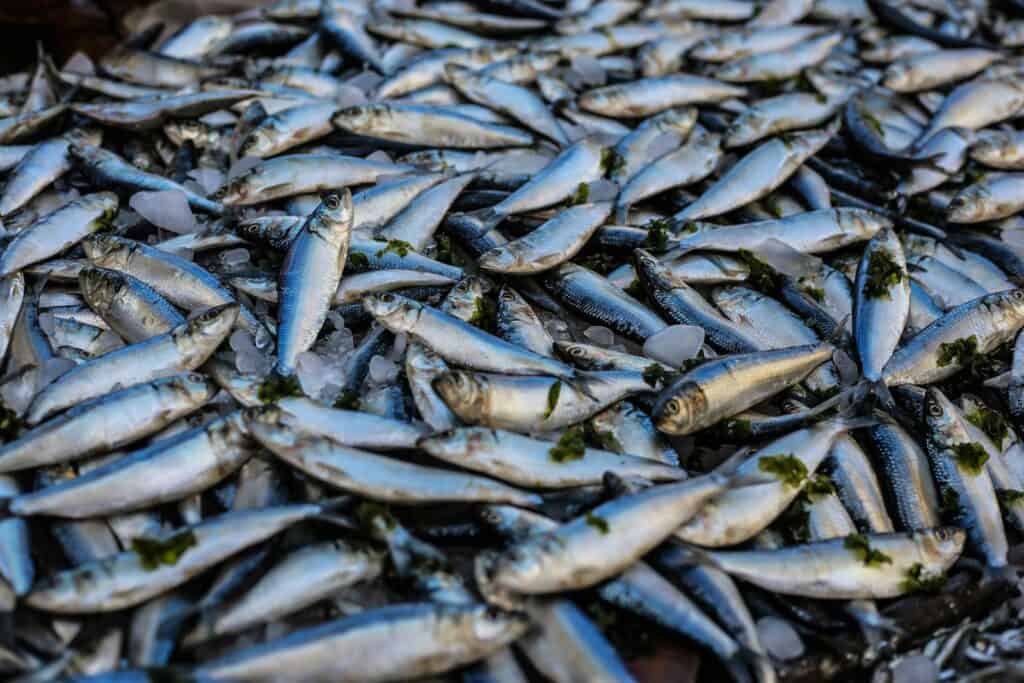In Mossel Bay, our rivers are in crisis! —Twee Kuilen, Hartenbos, Klein Brak, and Groot Brak— every river and the surrounding marine habitats form the backbone of our coastal ecosystem, supporting biodiversity, recreation, and local livelihoods from Hartenbos to Dana Bay. These waterways face a silent crisis, marked by increasing sterility where once-vibrant nurseries for juvenile fish have faded, leaving rivers mostly devoid of aquatic life like mullet, eels, insects, and plants.
This degradation extends to the bay, where intertidal zones lack sea snails, sea lice, and other marine critters, disrupting food webs. Wildlife suffers profoundly—fish eagle populations dwindle as prey vanishes, forcing them to scavenge wider areas, while birds such as kingfishers and herons lose foraging grounds.
Human impacts are felt too—reduced tourism appeal, potential health risks from contaminated waters, and economic strain on fisheries. Recent incidents, like fish die-offs in the Hartenbos River due to high salinity and pollution, underscore the urgency. The once-thriving ecosystems are now barren ones that threaten our shared heritage.

Rehabilitation demands a balanced, forward-looking approach, prioritizing prevention, restoration, and community involvement to achieve zero spills and sustainable recovery.
• Educate farmers and residents to reduce fertilizer and poison use through workshops and organic alternatives.
• Enforce oil trap functionality across the city and outlying areas with regular audits and proper disposal protocols.
• Ban raw sewage discharges and require independent testing of effluent from treatment plants.
• Implement strict zero-tolerance policies for ship-related spills and adopt non-toxic cleanup methods.
• Physically rehabilitate rivers by dredging poisoned silt, controlled flooding, and native species restocking.
• Restore wetlands as natural filters and establish community-led awareness and monitoring campaigns.



Relevant links to Articles, Updates and other Supporting Documentation relating to this Issue